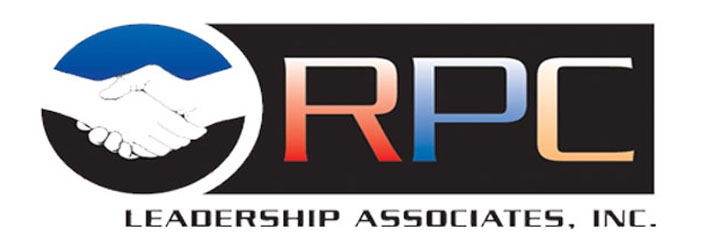...From 100%
As a leader in corporate organizations, the military and small businesses, this was a frequent reminder to my organization we all have a role to play in our organization’s success. It also reminded them of the importance of showing up every day with everything they have to give, not just show up. Said differently, I was promoting full employee engagement by everyone in the organization. As we reviewed the four key elements of the Total Leadership Model these previous four months, it all centers on the level of engagement by employees, associates and volunteers who create the moments of truth and points of connection between the organization and those who bring you business.
Last month I referenced the results of a recent Gallup Poll survey indicating in average performing organizations, only 33% of employees are engaged in the business. This compared to world-class organizations where the exact opposite is true and 67% of the organization engaged in the business. In addition, in average performing organizations, 18% of employees were actively disengaged. This means that only a third of the organization cares about the activities contributing directly to employee retention, productivity, customer satisfaction/engagement, safety and profitability; all measurable dimensions of organizational success. Improving employee engagement has a direct effect on customer loyalty. Last month I mentioned even a 5% increase in customer loyalty can improve profits by 25% up to 85% depending on industry.
But what if you are a small or medium sized business with few employees? Does this matter? How engaged are the employees of your larger customers, especially the ones who implement your services, purchase your products and pay your invoices? If they don’t care beyond the minimum, how does that affect your business? Employee engagement impacts every business, large or small!
And it all starts with leadership. Jack Welch, former CEO of General Electric once said, “Any company trying to compete…must figure out how to engage the mind of every employee.” We define organizational culture as the shared values, beliefs and actions that develop within an organization guiding the behavior of its members. Employee attitude is where it starts for leaders because it is attitude that drives behavior and it is behavior that drives the ability to achieve the desired results of the organization. The behavior observed by your customers, suppliers and other employees forms the ongoing perception of your organization and your business. As you understand the market’s perception of your business, are you getting 100% out of 100%?
Lead Well!
Tuesday, August 3, 2010
Subscribe to:
Posts (Atom)

